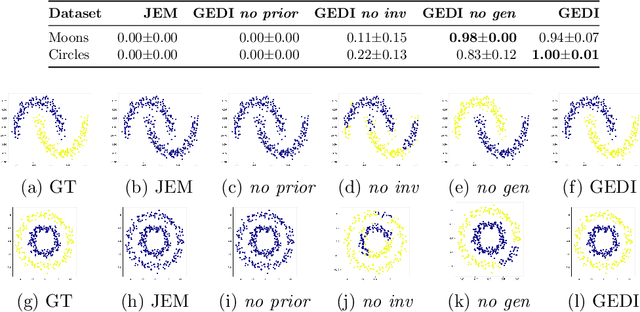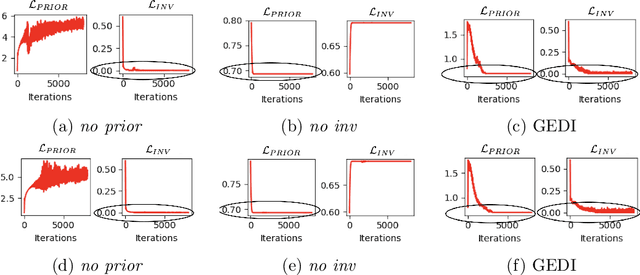A Bayesian Unification of Self-Supervised Clustering and Energy-Based Models
Paper and Code
Dec 30, 2023



Self-supervised learning is a popular and powerful method for utilizing large amounts of unlabeled data, for which a wide variety of training objectives have been proposed in the literature. In this study, we perform a Bayesian analysis of state-of-the-art self-supervised learning objectives, elucidating the underlying probabilistic graphical models in each class and presenting a standardized methodology for their derivation from first principles. The analysis also indicates a natural means of integrating self-supervised learning with likelihood-based generative models. We instantiate this concept within the realm of cluster-based self-supervised learning and energy models, introducing a novel lower bound which is proven to reliably penalize the most important failure modes. Furthermore, this newly proposed lower bound enables the training of a standard backbone architecture without the necessity for asymmetric elements such as stop gradients, momentum encoders, or specialized clustering layers - typically introduced to avoid learning trivial solutions. Our theoretical findings are substantiated through experiments on synthetic and real-world data, including SVHN, CIFAR10, and CIFAR100, thus showing that our objective function allows to outperform existing self-supervised learning strategies in terms of clustering, generation and out-of-distribution detection performance by a wide margin. We also demonstrate that GEDI can be integrated into a neural-symbolic framework to mitigate the reasoning shortcut problem and to learn higher quality symbolic representations thanks to the enhanced classification performance.
 Add to Chrome
Add to Chrome Add to Firefox
Add to Firefox Add to Edge
Add to Edge